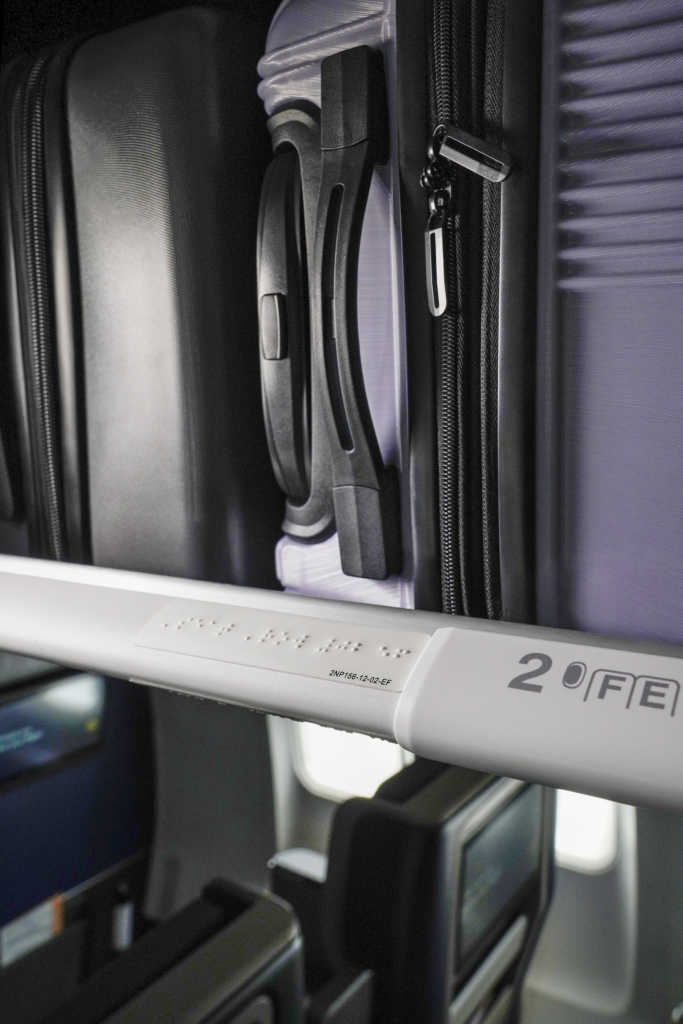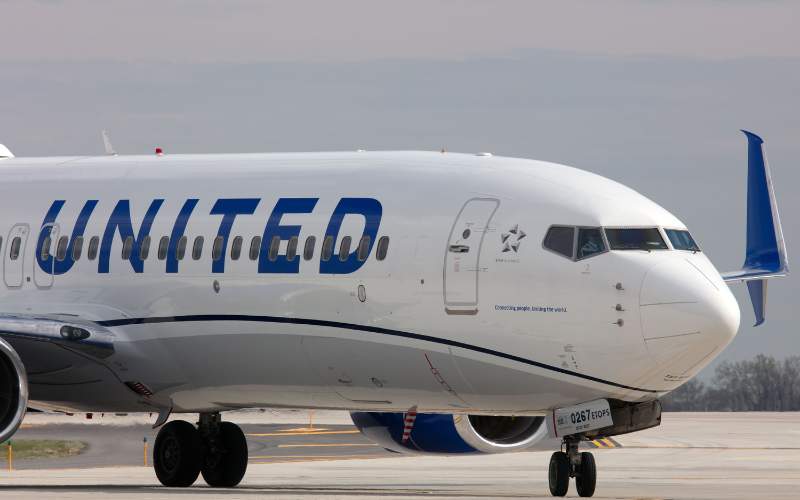United Airlines has become the first American airline to take a significant step towards improved accessibility for passengers with visual impairments. The airline has installed Braille signage throughout the cabin, enabling millions of visually challenged passengers to navigate the plane independently. According to the Department of Transportation, approximately 27 million disabled passengers traveled by air in 2019, highlighting the importance of such inclusive measures.
Currently, a dozen of United’s aircraft have Braille row and seat numbers, as well as Braille signs for restrooms. By 2026, the airline aims to have Braille installed on all of its mainline aircraft, ensuring a more seamless experience for passengers with visual disabilities.
Linda Jojo, Executive Vice President and Chief Customer Officer for United, expressed the significance of this initiative, acknowledging that finding seats or restrooms can be challenging for millions of customers. Adding more tactile signage throughout the interiors is a step towards a more accessible flying experience for everyone.

United Airlines Collaboration with Disability Advocacy Groups
In collaboration with the National Federation of the Blind (NFB), the American Council of the Blind (ACB), and other disability advocacy groups, United is exploring the use of other tactile navigational aids, such as raised letters, numbers, and arrows. NFB President Mark Riccobono commended United for taking this important step towards making its aircraft more accessible to blind passengers.
Also, United Airlines is working to enhance accessibility for customers and employees with visual disabilities beyond the installation of Braille. The airline company has redesigned its mobile app to improve accessibility, with increased color contrast, clearer spacing between graphics, and better integration with screen reader technologies like VoiceOver and TalkBack. The airline’s Inflight Seatback Entertainment screens also offer a range of accessible features, including closed captioning, text-to-speech controls, magnification, explore-by-touch capabilities, audio-described movies, and adjustable text and color correction.
As part of their United Next plan, the airline has set its sights on delivering 700 new narrow and widebody aircraft by the end of 2032, all equipped with seatback screen entertainment options. This commitment also extends to the workplace, where employees are encouraged to contribute to an environment that supports the company’s mission to be an ally for customers with disabilities through Bridge.
